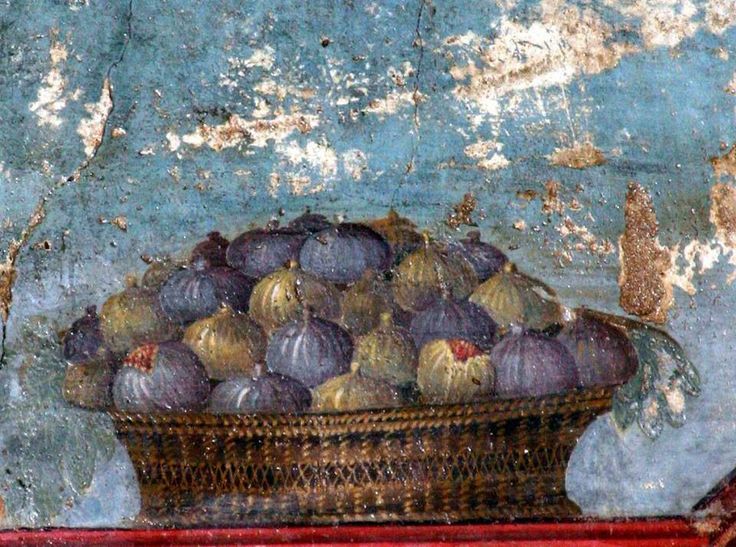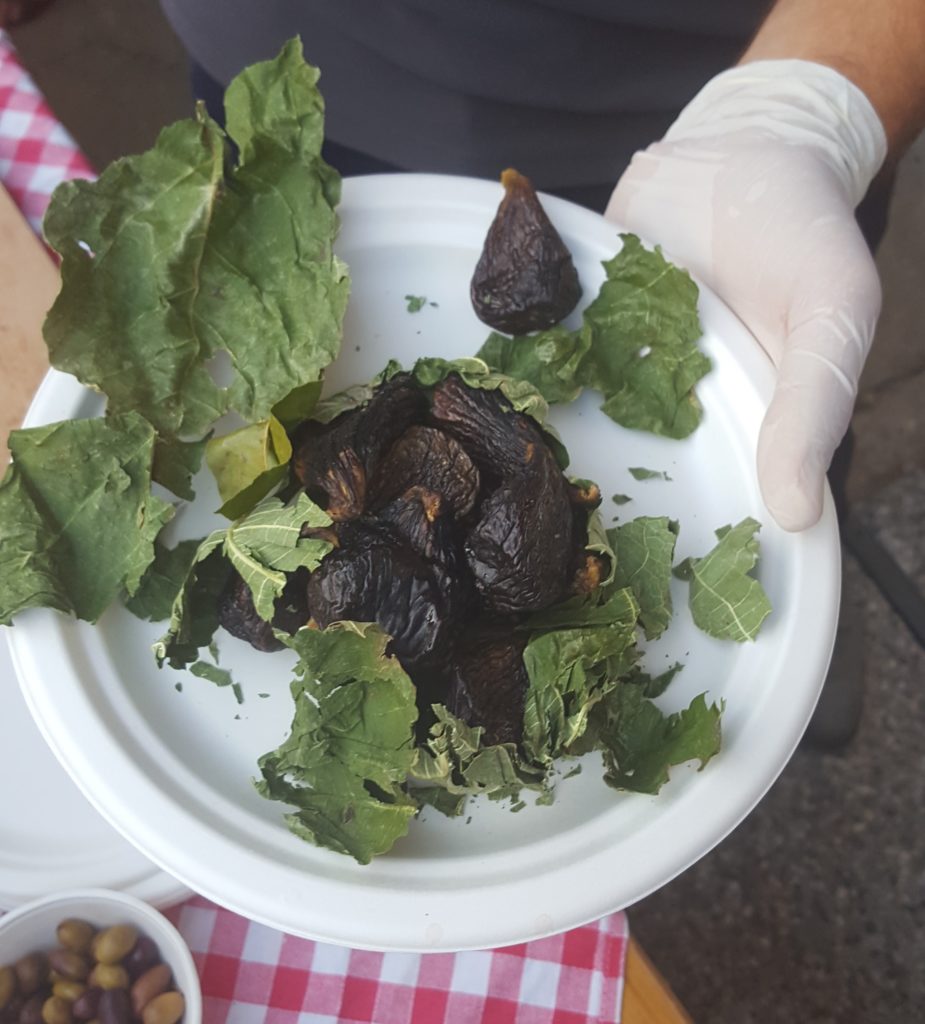 I know what you’re thinking – “Where the heck have you been? It’s been over a week and you promised us a post about British and Spanish cheese!” Well, I tell you, I have been crazy busy! In a very good way. I barely survived 5 full days of food frenzy … conferences, workshops, forum, tastings, eating and drinking, at Terra Madre/Salone del Gusto up in Torino. During which I also had to squeeze in an interview with a food producer for a Food Writing course assignment that needed to be written up and turned in yesterday morning. Whew! So, in addition to a post on the aforementioned cheeses, I now owe you a post on my Salone adventures as well. Soon.
I know what you’re thinking – “Where the heck have you been? It’s been over a week and you promised us a post about British and Spanish cheese!” Well, I tell you, I have been crazy busy! In a very good way. I barely survived 5 full days of food frenzy … conferences, workshops, forum, tastings, eating and drinking, at Terra Madre/Salone del Gusto up in Torino. During which I also had to squeeze in an interview with a food producer for a Food Writing course assignment that needed to be written up and turned in yesterday morning. Whew! So, in addition to a post on the aforementioned cheeses, I now owe you a post on my Salone adventures as well. Soon.
In the meantime, I thought I would post the paper I wrote for the Food Writing course. The course is being taught by Corby Kummer, 5-time James Beard Award winner for journalism, and acclaimed senior editor of The Atlantic Magazine, where he writes a monthly food column. He has written a book on The Joy of Coffee, and is a restaurant critic for Boston magazine. He has been called “a dean among food writers in America,” and I am seriously intimidated. Anyway, here is the piece, with pictures!
I meet Nicola Ferrarese, a young olive farmer from Aurigo, a small village in the northwestern Italian region of Liguria, to talk about his certified organic farm, Tera de Prie, and learn more about the ancient recipe that makes his olive oil so delicious. But, as so often happens in Italy, something completely unexpected and wonderful occurs. What began as a discussion of olives ends up being a tale about figs.
Tera de Prie, lies along the Maro valley in the hills of Liguria. The name in local dialect means ‘land of stones’ and as we talk I realize that this is not only a reference to the physical terrain of the land, which is defined by steep cliffs of jagged unforgiving stone that punctuate the junction of mountain and sea. It also hints at something more personal – the accomplishment of man, a sense of pride in conquering a land so resistant and difficult. The determination of previous generations is memorialized in the stones painstakingly excavated from the soil, collected, and stacked by hand with great care into the beautiful terraces that create flat tracts of land necessary for the cultivation of olives. The product of this hard work is a golden olive oil that is especially sweet and fruity, somewhat buttery, yet delicate and lighter than other Italian oils I’ve tasted. “Take an olive tree from another part of Italy, plant it in Liguria, and soon it will produce olives exactly the same the local trees.”
It is at this point in our conversation when Nicola reaches beneath the table and delicately places a round, green, leafy bundle in front of me. “This,” he says, “is something very special, an experiment. Even I have not tried this yet.” He smiles, lowers his voice, “It is a very old technique. Ancient. You will be the first to try with me! Pan de fighe!” Wait. What? What did he just say? Relishing the look of bewilderment and confusion on my face, he laughs. He tells me that the word for figs is fighe in Ligurian dialect and it also means, well, just what I think it means in Italian – a slang word for a distinctly female body part. So, it is a play with words. I am intrigued, I have to say, and a bit nervous. He starts to unwrap the mysterious bundle as he explains: The inhabitants of Aurigo are called figalei. In every olive grove there are also many fig trees planted because they provide a cheap snack and important source of energy for the men working in the fields. However, fresh figs are very perishable, lasting only one or two days once picked. So a method of drying the figs was necessary to preserve the harvest throughout the winter months. In many villages in Liguria there was an ancient tradition for ‘loaves’ made with figs – pan de fighe. Any type of fig will work, but traditionally, the biggest, best figs were selected. First, the figs were set on reed mats to dry in the warm summer sun for one day. Then, a small handful of the figs were placed in the center of a large fresh fig leaf. Bay leaves were added (primarily for flavor, but bay is also a natural weevil deterrent.) One could substitute thyme or rosemary, or even add nuts if you had them. The leaf was folded over the figs, and secured by threading the stem back through the bundle. Once securely wrapped the packages were stored in a basket in cool place for a few months until the figs dehydrated and the sugars in the fruit slowly condense.
 My curiosity was definitely piqued, but I remained somewhat incredulous. The only figs I encountered growing up in the Midwest were those of the Newton variety favored by my grandmother. When they were doled out to my brother and me we wondered what we had done to deserve such punishment. Fresh figs were never seen in our local grocery stores and they are still relatively hard to find today. But as anyone who comes to Italy knows, figs are a staple in the Mediterranean diet and have been since ancient times. In the 1st century Pliny the Elder was aware of 29 types of figs and made 111 observations upon figs in The Natural History. When I started teaching in Italy I fell in love with fig and prosciutto sandwiches and waited impatiently for their reappearance in the local bakeries each spring. Mountains of fresh figs suddenly appeared in every stall in the Roman markets. Fig trees loaded with overripe bursting fruit fought for attention alongside ancient ruins. Then, like a comet, they were gone. The art historian in me has always been attracted to the image of the fig. I keep a postcard on my desk of a from the 1st century Villa of Poppea in Oplontis that depicts in fresco a beautifully rendered basket of luscious, bursting purple and green figs. All this is to say I like figs. But I had never met a dried fig I cared for much.
My curiosity was definitely piqued, but I remained somewhat incredulous. The only figs I encountered growing up in the Midwest were those of the Newton variety favored by my grandmother. When they were doled out to my brother and me we wondered what we had done to deserve such punishment. Fresh figs were never seen in our local grocery stores and they are still relatively hard to find today. But as anyone who comes to Italy knows, figs are a staple in the Mediterranean diet and have been since ancient times. In the 1st century Pliny the Elder was aware of 29 types of figs and made 111 observations upon figs in The Natural History. When I started teaching in Italy I fell in love with fig and prosciutto sandwiches and waited impatiently for their reappearance in the local bakeries each spring. Mountains of fresh figs suddenly appeared in every stall in the Roman markets. Fig trees loaded with overripe bursting fruit fought for attention alongside ancient ruins. Then, like a comet, they were gone. The art historian in me has always been attracted to the image of the fig. I keep a postcard on my desk of a from the 1st century Villa of Poppea in Oplontis that depicts in fresco a beautifully rendered basket of luscious, bursting purple and green figs. All this is to say I like figs. But I had never met a dried fig I cared for much.
When Nicola finally peeled back the dried leaves of the pan de fighe, it was as if he was revealing some precious ancient artifact. The excitement was palpable. The fruits had been transformed. To my surprise, the figs were still a rich velvety dark brown, unlike the insipid beige color of dried figs in the stores. The texture was not at all dry, hard, or leathery. Instead, the figs were moist and chewy, and retained a somewhat soft, toothsome give when taking a bite. The figs had definitely caramelized; they were sweet and earthy, with a savory molasses and intensely “figgy” flavor. There was no denying it – they were delicious. But there was also something deeper there: It may have been Nicola’s contagious enthusiasm for reviving this tradition from his Ligurian homeland, or perhaps it was the sudden and unexpected presentation of all this fig knowledge. Either way, I felt that with each satisfying bite I was experiencing something precious … something exotic, mysterious, even sensual … definitely ancient. Indeed this is one of the oldest ways of processing such fruit and it was done this way in Liguria for centuries. But the tradition of making pan de fighe has all but faded. There are still a few elderly figalei who remember, as children, delivering the precious packages to family friends and relatives as gifts at Christmas, or leaving them as offerings on religious holidays. Nicola hopes to revive the tradition and sell pan de fighe alongside his olive oils. As Pliny observed, “This fruit invigorates the young, and improves the health of the aged and retards the formation of wrinkles.” If only I had found them sooner!
Indeed this is one of the oldest ways of processing such fruit and it was done this way in Liguria for centuries. But the tradition of making pan de fighe has all but faded. There are still a few elderly figalei who remember, as children, delivering the precious packages to family friends and relatives as gifts at Christmas, or leaving them as offerings on religious holidays. Nicola hopes to revive the tradition and sell pan de fighe alongside his olive oils. As Pliny observed, “This fruit invigorates the young, and improves the health of the aged and retards the formation of wrinkles.” If only I had found them sooner!
I am confused!! Did you write this or was it written by Kummer?
Ha! I’ll take that as a compliment…I wrote it! I will make that more clear…
Fig lust! ?
This is a beautiful article, Lisa! Brava!
Thanks Marcie!!? That means a lot to me coming from you.
Not a fan of figs but I am are fan this blog.
Just wait for my post on British cheese…stiltonating stuff.
WOW Lis! So well written I felt like I was sitting there with you!
Wish I was……………….
Love it!!
Brava! You are in your element my dear.